
A New Way to Dinner, co-authored by Food52's founders Amanda Hesser and Merrill Stubbs, is an indispensable playbook for stress-free meal-planning (hint: cook foundational dishes on the weekend and mix and match ‘em through the week).
Order nowPopular on Food52
17 Comments
jph
September 18, 2016
Just a question: I notice on the web address for this article that Tasting Table is part of it: https://food52.com/blog/14291-how-to-get-lots-of-protein-as-a-vegan?utm_source=tastingtable.com&utm_medium=referral&utm_campaign=pubexchange_module
but I didn't see the actual Tasting Table source referenced or linked? Or did I miss it.
but I didn't see the actual Tasting Table source referenced or linked? Or did I miss it.
virginia D.
March 1, 2016
looks good , will try, but i am just one person, so there is a problem with amounts, and not wanting to eat the same food three days…
Ola A.
October 7, 2015
One thing to maybe mention in the article is how much protein is recommended as daily intake. Without that number the numbers how much protein there is in the different alterantive has no relationship. There is no way to know if it is a lot or a little.
The RDI (Recommended Daily Intake) for Protein is 50g. From this article.
https://en.wikipedia.org/wiki/Reference_Daily_Intake
The RDI (Recommended Daily Intake) for Protein is 50g. From this article.
https://en.wikipedia.org/wiki/Reference_Daily_Intake
oliver
November 4, 2015
Ola - we make our own proteins - so it doesn't matter what the RDI is. Which is why no one can tell anyone exactly how much to take. Proteins from another organic entity don't/can't work in our bodies - in any way the ones we synthesize naturally and organically do.
Kelli
September 23, 2016
Well Ola, I'll just go ahead and preface this by saying I have a PhD in Nutrition. We in fact do need protein, while we can make some of the amino acids (building blocks of protein) we actually can't synthesize all of them, so we call them "essential." The general recommendation is that we need .8 gm of protein for every kilogram of your body weight. so if you weigh 150 lbs, which equals approximately 68 kg, you need ~54 grams of protein a day. And proteins we eat are broken down in our digestive tract to amino acids which are the building blocks of all the proteins in our bodies. They are one of the basic building blocks of life. Now our bodies do recycle a lot of these amino acids when we take apart say enzymes that no longer work and replace them, There is a lot of turnover happening constantly in our body, which is why it's often hard to pinpoint how much you need on a day to day basis.
Carly L.
October 3, 2015
"One cup cooked" is not the same as "one cup, cooked". I think most of the protein counts above are off because of a single comma!
Nada P.
October 2, 2015
I never tought that protein is missing in vegan diet. On the other hand I wonder how vegans get enough iron and calcium. And also what vegans think about substitutes for cream cheese, mozzarella, mago etc. How often do you use these substitutes?
Lari
October 12, 2015
Hi Nada. Most vegans don't use substitutes at all. Being vegan means that you don't eat animal products, so those products simply don't exist in your world. There is no need to substitute anything because there are tonnes of great options for spreads etc that can be made using vegan ingredients. Mayonnaise, in any case, can be made without eggs or dairy, and there are commercial options for this available in stores. As far as the iron / calcum thing goes, it's really not a problem. Head over to these links for more info:
http://www.vrg.org/nutrition/calcium.php
http://www.vrg.org/nutrition/iron.php
Hope that helps :)
http://www.vrg.org/nutrition/calcium.php
http://www.vrg.org/nutrition/iron.php
Hope that helps :)
susan G.
October 1, 2015
Beans and grains, nuts and seeds. That was my basic meal plan as a new vegetarian (in the 'complimentary' days) and still is. Add vegetables and fruit and you're all set.
boulangere
October 1, 2015
I'm right there with you, Susan G. I have serious nut and soy allergies, so I'm always looking to protein-rich combinations such as beans and rice and beans and corn.

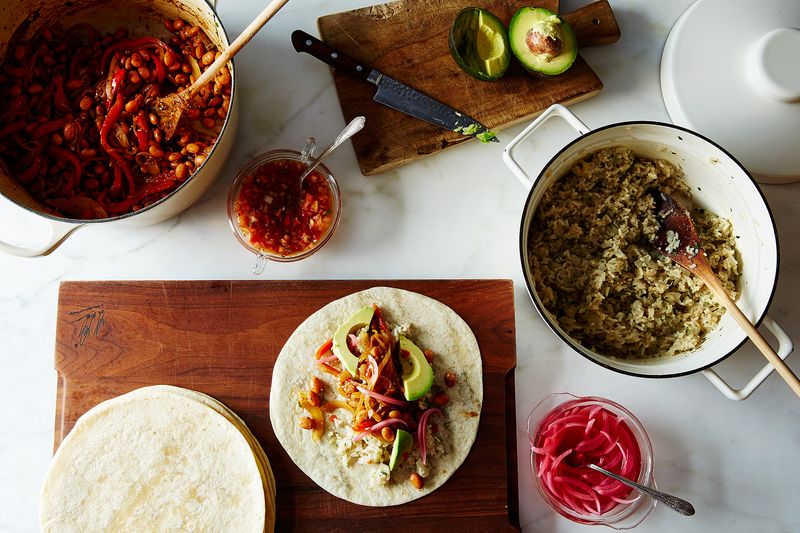
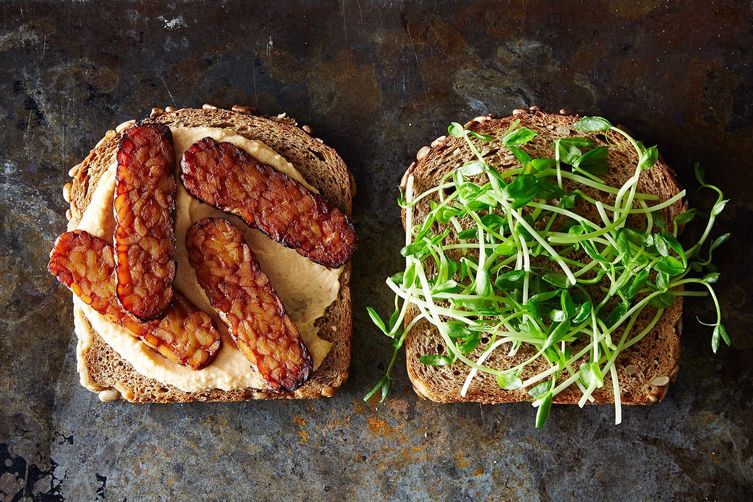
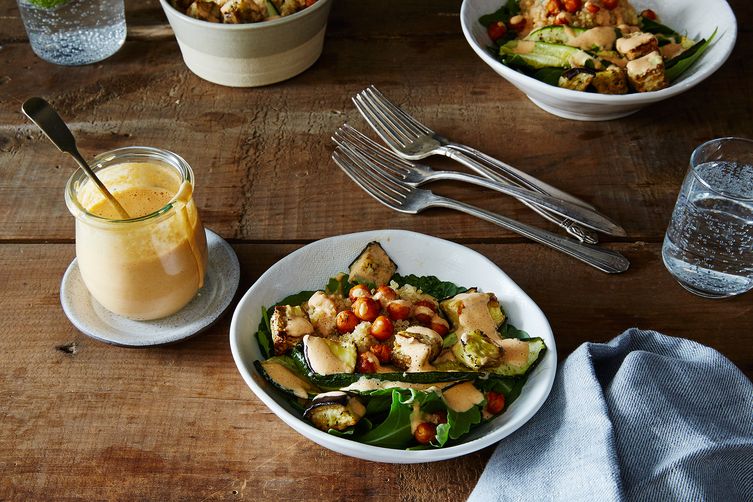
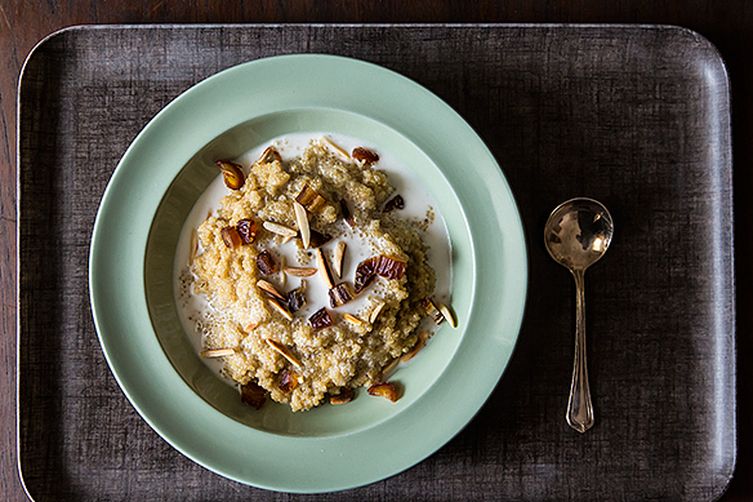
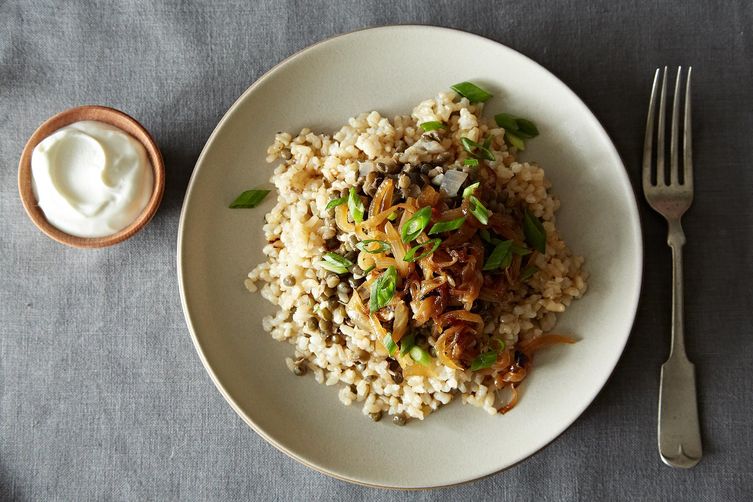

See what other Food52 readers are saying.